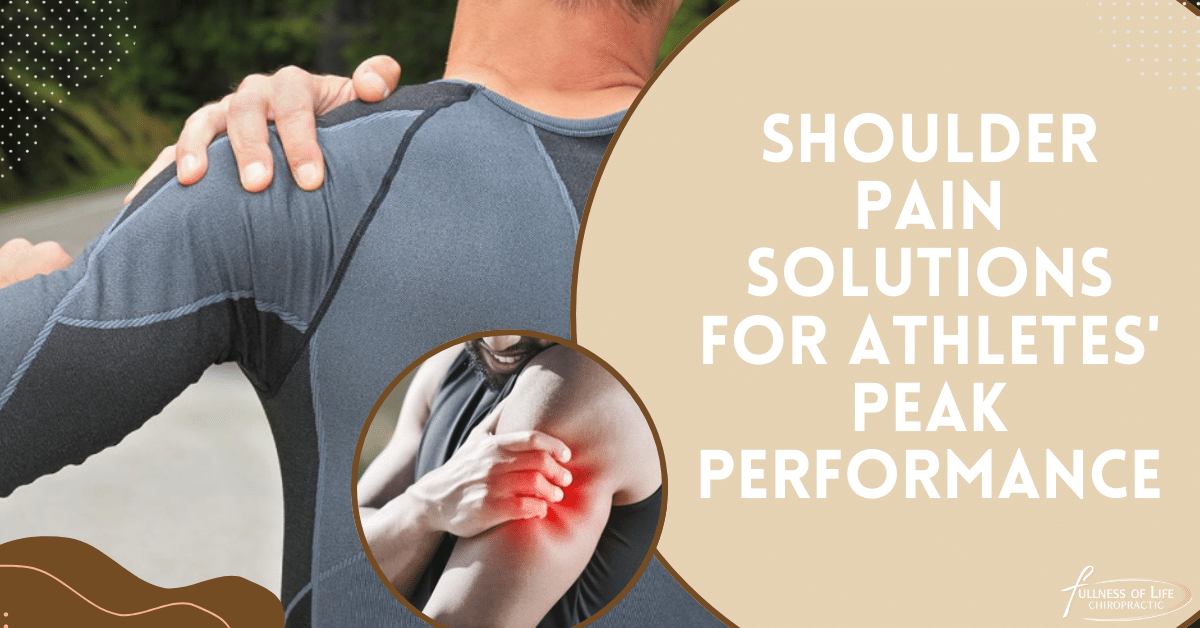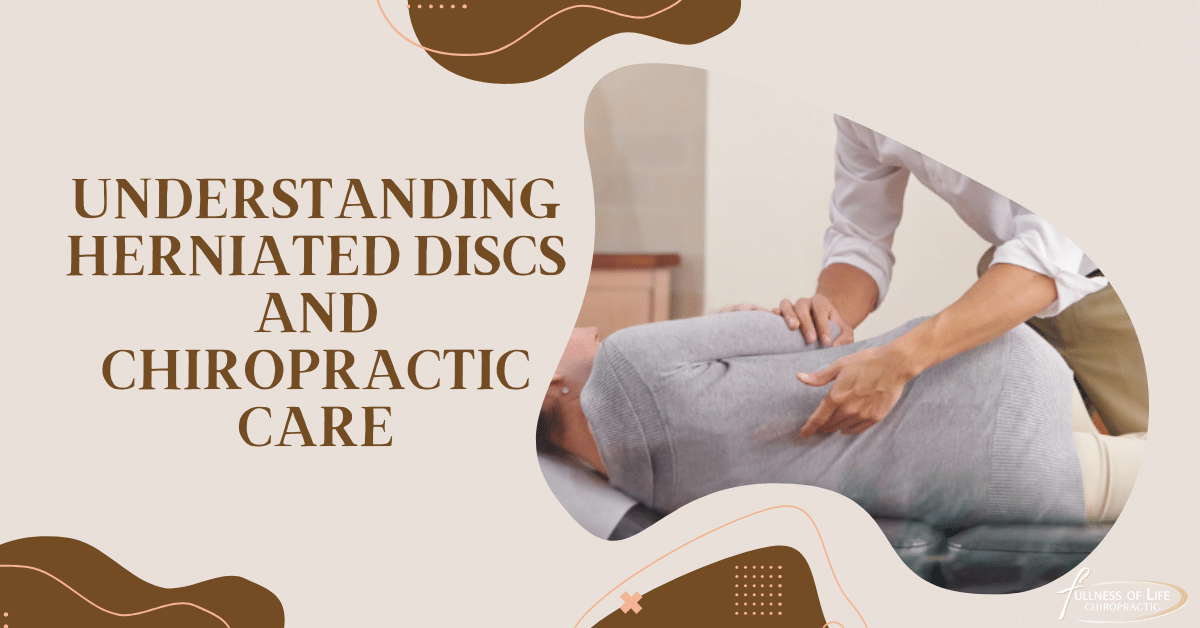Sciatica

Are you experiencing extreme back pain? It could be sciatica! This condition, which can cause extreme pain and discomfort in the lower back and legs, is a common affliction today.
While it is treatable and manageable with the right care and attention, getting to grips with exactly what it is and how to manage its symptoms can be daunting. That’s why this guide exists – to give you an overview of sciatica, its causes and treatments, to help ensure that managing the condition is as straightforward and stress free as possible.
So what exactly is sciatica? Put simply, it’s when pressure is placed on the sciatic nerve in your lower back – either due to injury or a medical condition such as a herniated disc or a bone spur. This pressure causes pain that can be intense and may cause tingling, numbness, and weakness in your legs.
Sciatica can lead to sharp, shooting pain, tingling, sensations of tingling and weakening in the muscles of the lower back, as well as numbness in the lower back, buttocks, and legs. The intensity of the discomfort might range from minimal to severe, and might worsen with sitting, standing, or walking movements.
Types
Acute
Acute refers to the sudden onset of a condition, symptom, or illness that typically develops rapidly and has a relatively short duration. Acute disorders can range from minor illnesses like colds or muscle strains to more serious issues such as acute appendicitis or a sudden injury.
Acute symptoms often demand immediate attention, including intense pain, high fever, rapid breathing, or severe discomfort. While some acute conditions resolve independently with rest and appropriate care, others might require medical intervention to prevent complications.
Timely management and treatment of acute infections are crucial for promoting recovery and preventing the condition from progressing into a chronic state.
Chronic
Chronic refers to a condition, symptom, or illness that persists over an extended period, typically lasting three months or longer. Chronic diseases are characterized by prolonged duration and often involve ongoing management and treatment.
Chronic pain, diabetes, hypertension, and autoimmune disorders fall into this category. Chronic symptoms might fluctuate in intensity, impacting daily life and overall well-being.
Managing chronic conditions often requires a comprehensive approach, including medical care, lifestyle modifications, medication, and regular monitoring. While a complete cure might not be possible for some chronic conditions, effective management can enhance the quality of life, prevent complications, and provide symptom relief.
Alternating
Alternating refers to a pattern of changing or shifting between different options, states, or conditions. It implies a regular or systematic switch from one thing to another. This term often denotes a cyclical or sequential movement, such as alternating current (AC) in electrical systems or alternating periods of activity and rest.
In various contexts, alternating can signify a balanced approach, providing variety and preventing monotony. It’s frequently used in describing patterns, cycles, or sequences where there is a consistent back-and-forth transition between distinct elements or phases.
Bilateral
Bilateral pertains to something that involves or affects both sides or parties. It’s commonly used in medical contexts to describe conditions, procedures, or symptoms on both sides of the body.
For instance, bilateral knee pain indicates discomfort in both knees. In international relations, bilateral agreements are deals between two countries. This term applies to discussions, negotiations, or interactions involving two parties. Whether referring to medical assessments, diplomatic relationships, or simple interactions, bilateral underscores the presence of two entities, actions, or aspects in a given situation.
Causes
Herniated Discs
Herniated discs are also referred to as slipping discs or bulging discs burst discs, are caused when the fragile inner core of a spinal disc pulls through its outer layer. Other names for this condition include slipped discs and ruptured discs. This can result from age-related wear and tear, sudden trauma, or repetitive strain.
Herniated discs often lead to nerve compression, causing aching, tingling, numbness, or weakening in the limbs (either the arms or the legs). The condition commonly affects the lower back (lumbar) or neck (cervical) regions.
Treatment options include rest, pain management, physical therapy, and in severe cases, surgery. Diagnosis and tailored interventions are crucial to relieve symptoms, restore function, and prevent complications.
Degenerative Discs
Degenerative discs refer to the gradual breakdown and deterioration of the spinal discs, which act as cushions between the vertebrae. This age-related process is known as degenerative disc disease.
As discs lose their water content and structural integrity over time, they become thinner and less capable of absorbing shock, leading to potential pain, rigidity, as well as a decreased degree of flexibility in the affected area.
While degenerative discs are a natural part of aging, factors like genetics, lifestyle, and injuries can accelerate. Management often involves pain relief, physical therapy, exercise, and lifestyle adjustments to alleviate symptoms and promote spinal health.

Pregnancy
Pregnancy-related sciatica pain is a common condition experienced by many pregnant individuals. Sciatica refers to pain that radiates along the sciatic nerve, which runs from the lower back down through the hips, buttocks, and down each leg. The pain is typically felt on one side of the body and can range from mild discomfort to severe pain.
During pregnancy, several factors that can contribute to the development of sciatica pain:
- Weight gain
- Postural changes
- Hormonal changes
- Uterine pressure
- Position of the baby
- Inflammation
- Existing condition
Managing pregnancy-related sciatica pain usually involves a combination of strategies including:
- Prenatal care
- Pain relief measures
- Posture awareness
- Physical therapy
- Medication
- Alternative therapies
Treatment
At Fullness of Life Chiropractic, we specialize in chiropractic care to help manage degenerative discs and pregnancy symptoms. Our treatments are tailored to meet each patient’s unique needs and preferences. We offer several spinal adjustments to reduce pain and improve mobility and therapeutic exercises that promote overall spinal health and stability.
For pregnant patients, we provide gentle manual therapies that support the physiologic changes in the body during pregnancy. We also provide dietary counseling and advice on living a healthy lifestyle to ensure optimal fetal development and minimize risks during delivery.
Exercises
Engage in core-strengthening exercises, such as bridges, planks, and pelvic tilts, to improve stability and support the lower back. Aquatic therapy and low-impact exercises like walking and swimming can also be beneficial. It’s essential to consult a healthcare professional before starting any exercise regimen to ensure that the chosen exercises are appropriate for your condition. Gradually increase intensity and duration while listening to your body, and cease any exercise that exacerbates pain.
We provide customized exercise programs to help patients reduce pain and improve function during pregnancy. Our exercises are designed to strengthen core muscles, improve balance, and increase stability.
We also share tips for safe stretching and mobility-focused activities that can be adapted to meet individual needs. With our help, patients can enjoy the fullness of life during pregnancy and beyond.
Stretches
Stretching and strengthening exercises can help alleviate symptoms and prevent recurrence. Begin with gentle stretches like the piriformis stretch, where you cross one leg over the other and pull towards your chest. Incorporate hamstring stretches, spinal twists, and the cat-cow yoga pose to increase flexibility and reduce pressure on the nerve.
At Fullness of Life Chiropractic, we offer tailored stretches that use gentle movements to improve posture, flexibility, and mobility. We focus on a range of muscles throughout the body, emphasizing areas commonly affected by pregnancy. Our stretches are designed to be safe and comfortable for pregnant women of all fitness levels.
Best Chiropractic Care for Treating Sciatica
At Fullness of Life Chiropractic, we understand that each patient’s needs are unique. We strive to offer individualized care and a supportive environment so our patients can achieve their health goals.
Get in touch with us today for more information!





